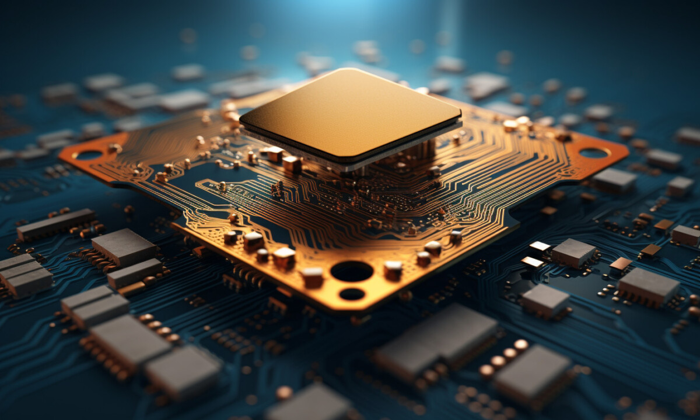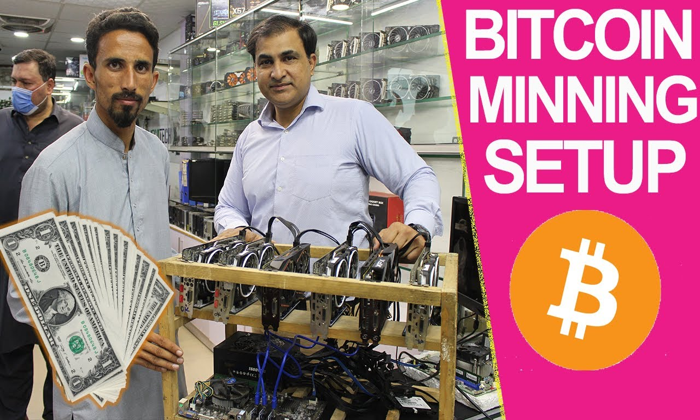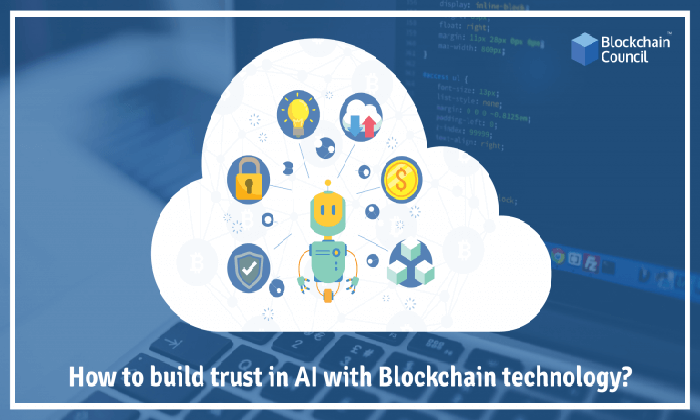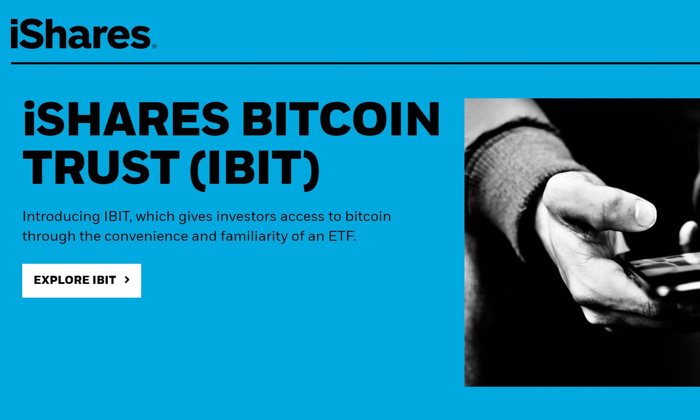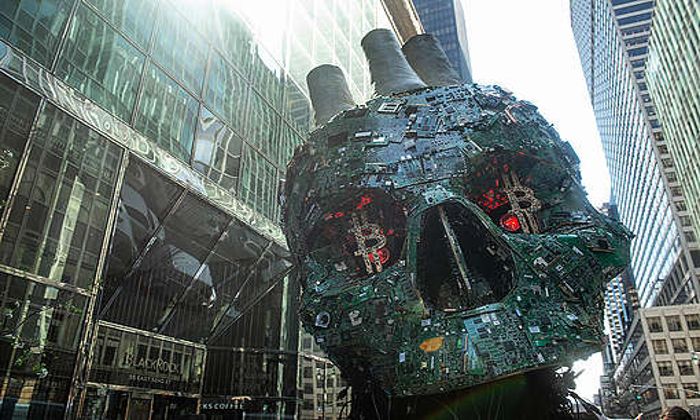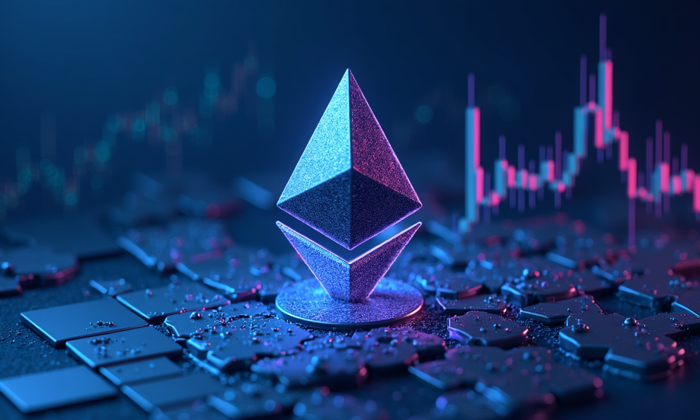In a groundbreaking move, OpenAI has announced its hardware acquisition of Jony Ive’s innovative startup, io, for a staggering $6.4 billion. This remarkable deal signifies OpenAI’s commitment to advancing AI hardware integration, a critical step for furthering their groundbreaking generative AI models. Under the leadership of renowned design expert Jony Ive, widely celebrated for his contributions to Apple’s iconic products, io is poised to bring a fresh perspective to OpenAI’s technological endeavors. With this acquisition, OpenAI aims to enhance physical intelligence, merging sophisticated software with advanced hardware solutions. This strategic initiative not only underscores OpenAI’s ambition to dominate the AI landscape but also highlights the growing importance of effective physical interfaces in the tech ecosystem.
In an exciting development, OpenAI is taking significant strides into the realm of technology by acquiring the hardware firm co-founded by Jony Ive, a figure renowned for his exceptional design prowess. This acquisition marks a pivotal shift for OpenAI, as it seeks to blend advanced AI capabilities with state-of-the-art physical devices, further enriching their portfolio of generative AI tools. As discussions around AI hardware deals gain momentum, this integration represents a unique opportunity for OpenAI to redefine user experience by focusing on tangible applications of artificial intelligence. The collaboration not only integrates the expertise of iO’s design team but also positions OpenAI at the forefront of technological innovation aimed at reshaping how consumers interact with AI. As the competition intensifies, such strategic partnerships will be crucial for harnessing the potential of AI in everyday applications.
OpenAI’s Strategic Move: The Acquisition of Jony Ive’s Hardware Startup
On May 21, OpenAI made headlines by announcing its acquisition of Jony Ive’s startup, io, for a staggering $6.4 billion. This transaction is particularly noteworthy as it is OpenAI’s largest acquisition to date, underscoring the company’s ambitions to delve deeper into the hardware space. With this acquisition, OpenAI not only enhances its assets but also integrates advanced design capabilities led by a figure renowned for creating iconic products such as the iPhone and iPad.
The involvement of Jony Ive, a pivotal force in Apple’s design evolution, adds a layer of prestige to OpenAI’s foray into hardware. As OpenAI aims to harmonize AI technologies with user-friendly physical interfaces, the design expertise that Ive brings will be instrumental. This strategic move signals OpenAI’s commitment to bridging the gap between cutting-edge AI and tangible consumer products.
AI Hardware Integration: Paving the Way for Innovative Solutions
The integration of io into OpenAI’s framework represents a fundamental shift in how AI hardware will be developed. By tapping into io’s expertise, OpenAI positions itself at the forefront of a rapidly evolving market that seeks to combine generative AI with practical hardware solutions. This approach caters not only to developers but also to end-users who demand seamless interaction between AI and physical devices.
As OpenAI looks to innovate and create products that ‘inspire, empower, and enable,’ the collaboration with innovators like Jony Ive and his team will likely lead to breakthroughs in AI hardware integration. The aim is to develop devices that are not only functional but also aesthetically pleasing, reflecting the ethos of thoughtful design embraced by core figures in the tech industry.
Implications of OpenAI’s Acquisition on Future AI Hardware
The implications of OpenAI’s acquisition stretch beyond just the immediate benefits of integrating hardware expertise. By bringing io into its ecosystem, OpenAI is likely to revolutionize how generative AI models are realized in physical formats, potentially setting new standards in the industry. The infusion of design thinking with advanced AI could lead to products that enhance user experience while retaining the sophistication of AI technology.
As competition intensifies among tech giants like Google and Anthropic, OpenAI’s commitment to hardware investments may provide a significant advantage. This strategic acquisition positions OpenAI to not only respond to evolving consumer demands but also to spearhead innovations that merge physical intelligence with existing AI capabilities.
The Role of Physical Intelligence in AI Evolution
In its pursuit of comprehensive AI solutions, OpenAI has also made notable investments in physical intelligence—an emerging field focusing on robot capabilities and physical systems integration. By investing in startups like Physical Intelligence, which recently raised $400 million, OpenAI is not only advancing its own interests but also contributing to the evolution of AI technologies that operate beyond traditional software environments.
These moves signify OpenAI’s understanding that successful generative AI models must interface effectively with the physical world. The blending of AI capabilities with robotics opens up new horizons for applications ranging from smart home devices to complex industrial systems, thereby reiterating the importance of hardware in realizing the full potential of artificial intelligence.
Expanding Into AI-Enhanced Consumer Products
OpenAI’s aim to develop consumer-oriented products that successfully integrate AI technology is evident in its latest acquisition. By leveraging the design prowess of Jony Ive’s team, OpenAI is set to create products that resonate with consumers, emphasizing usability and aesthetic appeal. This approach is crucial as it aligns with the growing expectation from users for devices that not only perform well but also enhance their daily lives.
The market for AI-enhanced consumer products is expanding rapidly as more companies recognize the value of integrating sophisticated technology into everyday items. OpenAI’s competitive advantage lies in its early entry into this market, coupled with strategic acquisitions that fortify its capabilities in designing and delivering innovative products.
How OpenAI Deals Influence the AI Hardware Landscape
OpenAI’s sizeable deals, such as the acquisition of io, represent a pivotal shift in the AI hardware landscape. As OpenAI continues to engage in high-value transactions, it not only alters its own trajectory but also sets a precedent within the industry. These deals illustrate the necessity of collaboration between software and hardware, emphasizing that future advancements in AI will require cohesive integration across both domains.
Moreover, OpenAI’s dealings reflect an industry trend where tech companies are investing heavily in talent and technology that enhance their competitive positioning. The focus on hardware acquisition, especially from industry veterans like Jony Ive, suggests that the future of AI-driven products will hinge on innovative designs and practical applications that resonate with users.
Generative AI Models: The Future Intersecting with Hardware
Generative AI models are revolutionizing how we perceive AI applications, but their effectiveness heavily relies on the hardware supporting them. OpenAI’s acquisition of io is a strategic move that affirms the essential role hardware plays in fully realizing the potential of generative AI. As the lines between hardware and AI continue to blur, we can expect a surge in products that not only utilize these advanced models but also deliver unique user experiences through innovative designs.
Furthermore, as more firms explore the intersection of hardware and generative AI, we are likely to see a variety of applications that enhance daily functionalities. This could range from advanced computing devices to household items that utilize AI for personalized experiences, establishing a new standard for product design and functionality.
The Future of AI in Physical Products: Enhancing User Experience
As OpenAI embarks on this new trajectory of acquiring hardware expertise, the focus on enhancing user experiences will play a crucial role in its success. The fusion of sophisticated AI algorithms with intuitive, well-designed products will likely set OpenAI apart in a competitive market. This endeavor underscores the growing belief that the future of technology lies in its seamless integration into daily life, moving beyond abstract concepts to practical applications.
Additionally, the emphasis on user-centered product development, driven by design professionals like Jony Ive, suggests that OpenAI is committed to creating solutions that address real-world needs and challenges. As the company expands its portfolio, the commitment to delivering high-quality, user-friendly products will resonate strongly with consumers eager for advancements that genuinely enhance their interactions with technology.
OpenAI’s Vision: Bridging AI with Consumer Technology
The overarching vision behind OpenAI’s recent endeavors is to bridge the gap between cutting-edge AI research and tangible consumer technology. With the acquisition of Jony Ive’s io, OpenAI takes a meaningful step towards realizing this vision, effectively integrating sophisticated generative models with the practical applications found in everyday technology.
As OpenAI continues to refine its hardware strategy and expand its product offerings, we can expect transformative changes that elevate both user experience and technological capability. The alignment of AI hardware and innovative design holds significant promise in crafting products that not only perform effectively but also resonate with consumers on an emotional level, ultimately defining the next generation of intelligent devices.
Frequently Asked Questions
What does the OpenAI hardware acquisition of Jony Ive’s startup entail?
The OpenAI hardware acquisition of Jony Ive’s startup io represents a significant investment in AI hardware integration, valued at approximately $6.4 billion. This deal marks OpenAI’s largest acquisition to date and allows the company to bolster its generative AI models with enhanced industrial design capabilities.
How does OpenAI plan to integrate the io team into its operations?
Post-acquisition, the io team will be relocated to San Francisco, where they will collaborate closely with OpenAI’s research and product teams. This integration aims to harness the design expertise of Jony Ive and his team to enhance OpenAI’s hardware initiatives.
What is the significance of OpenAI’s acquisition of Jony Ive’s hardware startup io?
OpenAI’s acquisition of Jony Ive’s io is pivotal as it signifies a move into AI hardware integration, expanding the company’s efforts in developing consumer-oriented devices that leverage advanced generative AI models. This strategic acquisition aims to create products that ‘inspire, empower, and enable’ users.
How does the OpenAI deal with Physical Intelligence relate to hardware acquisition?
The OpenAI deal with Physical Intelligence, a robotics startup, aligns with its broader hardware acquisition strategy, emphasizing the integration of software with physical systems. By investing in companies focused on general-purpose AI and robotics, OpenAI is setting the stage for innovative physical intelligence applications.
What role will Jony Ive play in OpenAI after the acquisition of his startup?
After the acquisition, Jony Ive will assume design and creative responsibilities across both OpenAI and his firm, LoveFrom. His expertise, particularly in industrial design, is expected to significantly enhance the consumer-facing aspects of OpenAI’s products.
How does the OpenAI hardware acquisition position the company against competitors?
The OpenAI hardware acquisition of io positions the company advantageously against competitors such as Google and Anthropic by expanding its capabilities to develop innovative physical interfaces for its generative AI models, further distinguishing its offerings in the rapidly evolving AI landscape.
What future products can we expect from OpenAI following its hardware acquisition?
While OpenAI has not specified future products, the focus will likely be on devices that integrate AI capabilities into consumer-friendly formats. The goal is to leverage the design expertise from the io team to create hardware that enhances user interaction with generative AI models.
Why is the acquisition of io significant for the future of physical intelligence at OpenAI?
The acquisition of io significantly enhances OpenAI’s commitment to physical intelligence by incorporating a dedicated design team focused on creating hardware that works seamlessly with software, ultimately aiming to advance the capabilities of generative AI models in tangible, real-world applications.
| Key Points | Details |
|---|---|
| Acquisition Announcement | OpenAI announced on May 21 its acquisition of Jony Ive’s startup io for approximately $6.4 billion. |
| Nature of the Deal | The deal is an all-equity transaction and OpenAI’s largest to date. |
| Jony Ive’s Role | Ive will keep his other design firm, LoveFrom, but will also have design responsibilities at OpenAI and io. |
| Team Integration | The io team will move to San Francisco and work with OpenAI’s research and product teams. |
| Investment Background | OpenAI previously owned a 23% stake in io, contributing $1.4 billion to the valuation. |
| Future Directions | The acquisition of io is aimed at enhancing OpenAI’s industrial design capacity and physical interfaces. |
| Overall Strategy | This deal reinforces OpenAI’s strategy to integrate software with hardware capabilities in AI. |
Summary
The recent OpenAI hardware acquisition marks a pivotal moment for the company as it expands its focus beyond generative AI software into the hardware realm. By acquiring Jony Ive’s startup io for $6.4 billion, OpenAI aims to enhance its design and industrial capabilities amid growing competition in the AI sector. The integration of io’s team into OpenAI indicates a commitment to developing consumer-oriented devices that seamlessly incorporate advanced AI technologies, further solidifying its presence in both the AI and hardware industries.
OpenAI’s recent hardware acquisition of Jony Ive’s startup, io, marks a significant milestone in the company’s expansion into the hardware realm. Valued at a staggering $6.4 billion, this all-equity deal not only showcases OpenAI’s ambition to integrate AI hardware but also highlights the importance of influential design in generative AI models. As a renowned designer and former Apple chief, Ive’s expertise will bolster OpenAI’s capabilities in physical intelligence, enhancing the user experience of AI technologies. This acquisition isn’t just a strategic investment; it represents a pivotal moment in how OpenAI is positioning itself against competitors like Google and xAI by optimizing AI hardware integration. In a market quickly evolving, OpenAI deals, such as this acquisition, illustrate the company’s commitment to intertwining creativity with cutting-edge technology.
In a groundbreaking move, OpenAI has ventured into the integration of innovative hardware by acquiring io, the artificial intelligence startup founded by design legend Jony Ive. This acquisition, valued at $6.4 billion, signifies OpenAI’s commitment to enhancing its portfolio with sophisticated hardware solutions that complement its existing generative AI technologies. By merging iOS innovative design with advanced AI applications, OpenAI aims to create more intuitive products that resonate with users on a physical level. This strategic initiative not only reinforces the company’s position in the competitive AI landscape but also underscores the role of design in developing effective, user-friendly AI hardware. The collaboration with Jony Ive’s team paves the way for the future of AI integration, promising exciting developments at the intersection of technology and creative design.
